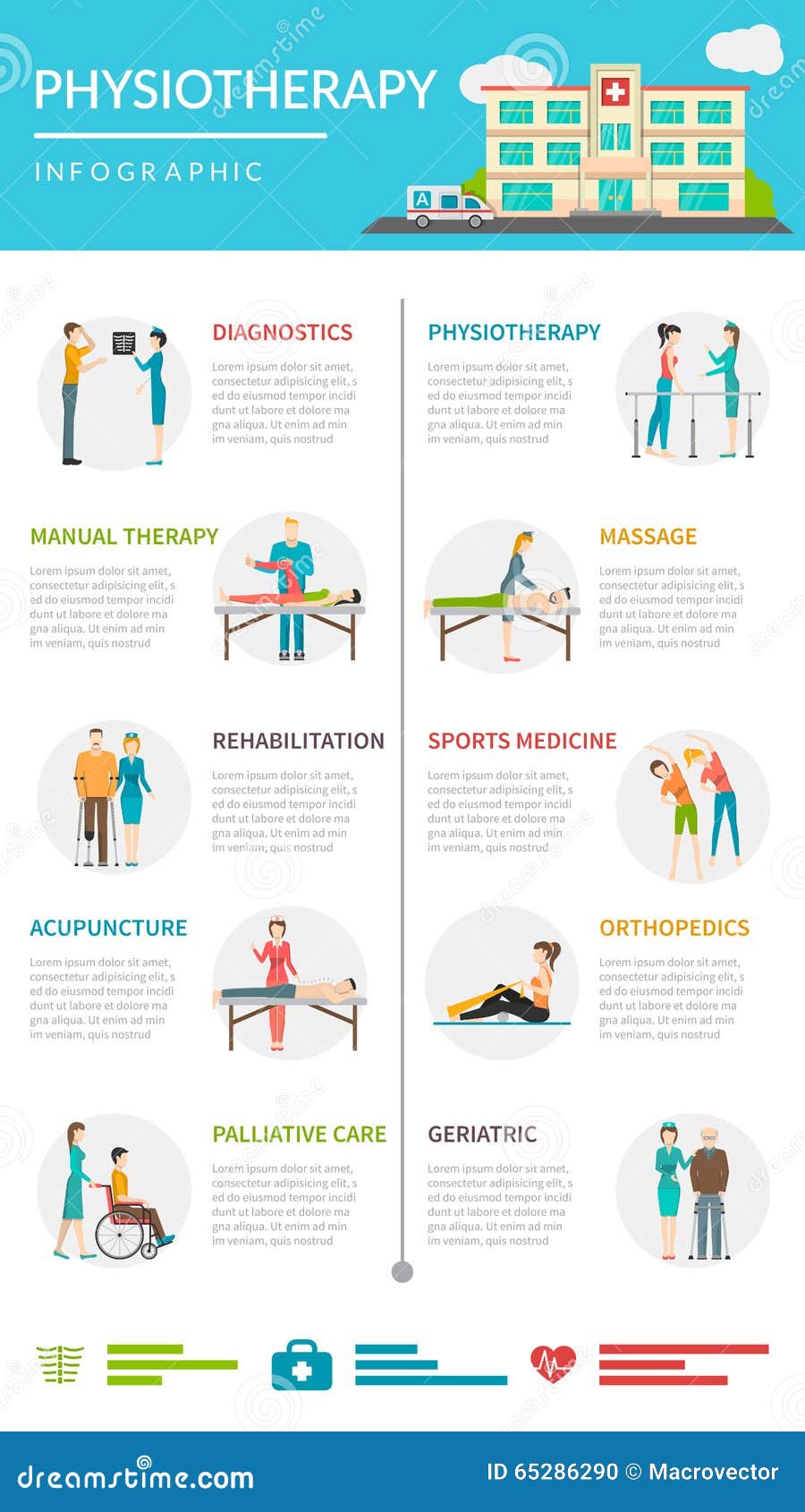The Science Behind Cold Laser Treatment: Understanding Its Mechanisms And Effects
The Science Behind Cold Laser Treatment: Understanding Its Mechanisms And Effects
Blog Article
Short Article By-Krog Roman
You may have come across cold laser treatment as an encouraging therapy alternative for numerous conditions, yet have you ever wondered how it actually deals with a mobile degree? Recognizing the devices behind this treatment can clarify its effectiveness in promoting healing and reducing inflammation. By discovering the science behind cold laser therapy, you'll obtain insights right into the remarkable ways in which light can influence mobile procedures and help with cells repair.
Just How Cold Laser Treatment Works
To recognize just how cold laser therapy functions, you need to understand the essential concepts of how light energy interacts with organic cells. Cold laser treatment, likewise called low-level laser therapy (LLLT), utilizes specific wavelengths of light to permeate the skin and target hidden cells. Unlike the intense lasers used in surgical procedures, cold lasers give off reduced levels of light that don't create heat or cause damage to the cells.
When these gentle light waves reach the cells, they're taken in by components called chromophores, such as cytochrome c oxidase in mitochondria. laser skin resurfacing fairfield ct of organic actions, consisting of increased cellular power production and the release of nitric oxide, which improves blood flow and decreases inflammation.
Moreover, the light power can likewise stimulate the production of adenosine triphosphate (ATP), the energy currency of cells, assisting in mobile repair and regrowth procedures.
Basically, cold laser therapy harnesses the power of light power to advertise recovery and relieve discomfort in a non-invasive and mild fashion.
Systems of Action
Exactly how does cold laser therapy really function to create its restorative impacts on biological cells?
Cold laser therapy, also called low-level laser therapy (LLLT), runs with a procedure called photobiomodulation. When laser face rejuvenation easton is applied to the skin, the light power passes through the tissues and is absorbed by chromophores within the cells.
These chromophores, such as cytochrome c oxidase in the mitochondria, are after that stimulated by the light energy, resulting in a waterfall of organic reactions. One crucial device of activity is the enhancement of cellular metabolic rate.
The absorbed light energy increases ATP manufacturing in the mitochondria, which is crucial for mobile feature and repair. In https://chancetenwf.blog-kids.com/34059367/unveiling-the-facts-about-cold-laser-therapy-for-severe-and-chronic-injuries , cold laser treatment helps to reduce swelling by inhibiting inflammatory mediators and advertising the release of anti-inflammatory cytokines.
This anti-inflammatory impact adds to discomfort relief and tissue healing.
Healing Results
Comprehending the therapeutic impacts of cold laser therapy involves acknowledging exactly how the enhanced cellular metabolic process and anti-inflammatory residential properties add to its positive outcomes on organic cells.
When the cold laser is related to the damaged location, it boosts the mitochondria within the cells, leading to enhanced production of adenosine triphosphate (ATP), which is essential for mobile feature and fixing. This increase in cellular power accelerates the healing process by promoting tissue regrowth and lowering swelling.
Additionally, the anti-inflammatory residential properties of cold laser therapy aid to reduce pain and swelling in the targeted area. By hindering inflammatory conciliators and promoting the release of anti-inflammatory cytokines, cold laser treatment help in minimizing pain and boosting the overall recovery feedback.
This decrease in inflammation not just offers immediate alleviation yet also supports long-lasting tissue repair service.
https://www.healthline.com/health/mouth-sores-from-chemo , cold laser therapy functions by stimulating cellular repair service and cells regeneration through photobiomodulation. Its anti-inflammatory buildings provide discomfort relief and reduce swelling by preventing inflammatory mediators.
This therapy uses a detailed technique to recovery, supplying both immediate relief and lasting tissue repair work benefits.
Through its devices of action, cold laser therapy proves to be an effective and encouraging therapy choice for a variety of conditions.
